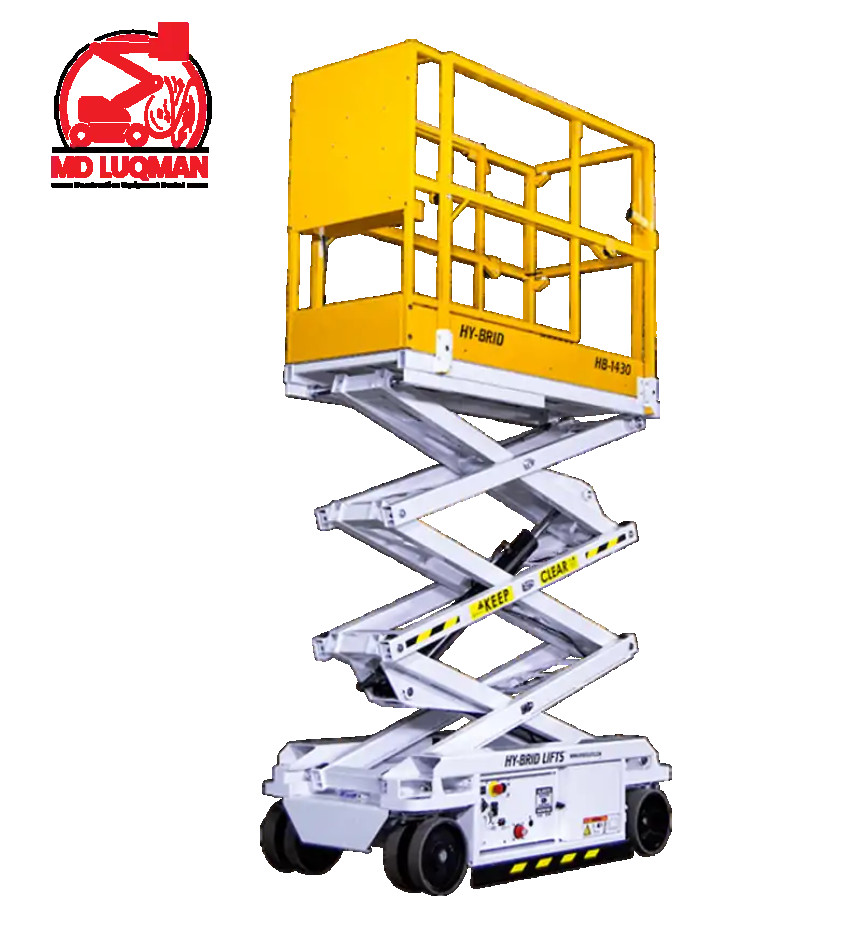
Understanding Scissor Lifts
Scissor lifts, or aerial work platforms, are hydraulic-powered platforms that can be raised vertically to provide access to elevated areas. They are characterized by crisscrossing metal supports that extend vertically when the lift is engaged, resembling the shape of a pair of scissors, hence the name.
Types of Scissor Lifts
1. Electric Scissor Lifts
These are the most common types of scissor lifts. They are powered by electricity, making them ideal for indoor use due to their zero emissions and quiet operation.
2. Rough Terrain Scissor Lifts
Designed for outdoor use on rough or uneven surfaces, rough terrain scissor lifts are equipped with robust tires and powerful engines to navigate challenging landscapes.
3. Hydraulic Scissor Lifts
These lifts are powered by hydraulic systems, offering smooth and controlled vertical movement. They are widely used in various industries due to their reliability and stability.
Benefits of Scissor Lifts
1. Increased Efficiency
Scissor lifts enable workers to access elevated areas quickly and efficiently, reducing the time required to complete tasks such as maintenance, construction, and installation.
2. Enhanced Safety
Compared to ladders and scaffolding, scissor lifts provide a secure platform for workers to perform tasks at height. Features such as guardrails and automatic safety locks minimize the risk of falls and accidents.
3. Versatility
Scissor lifts come in various sizes and configurations, making them suitable for a wide range of applications across different industries. From warehouses to construction sites, scissor lifts offer versatility and adaptability to diverse work environments.
Safety Measures Before Using Scissor Lifts
1. Training
Before operating a scissor lift, workers should undergo comprehensive training to familiarize themselves with the equipment's controls, safety features, and operational procedures.
2. Inspection
Before each use, inspect the scissor lift for any signs of damage, malfunction, or wear and tear. Check hydraulic systems, guardrails, and emergency stop buttons to ensure they are in proper working condition.
3. Proper Positioning
Position the scissor lift on stable and level ground to prevent tipping or instability during operation. Use wheel chocks or stabilizers to secure the lift in place, especially on uneven terrain.
4. Load Capacity
Never exceed the maximum load capacity of the scissor lift. Distribute weight evenly across the platform and avoid overloading with heavy equipment or materials.
5. Fall Protection
Wear appropriate personal protective equipment (PPE), including harnesses and hard hats, when working at height. Always use guardrails and safety harnesses to prevent falls or accidents.
In conclusion, scissor lifts play a pivotal role in modern construction and maintenance practices, offering a safe, efficient, and versatile solution for accessing elevated areas. By understanding the different types of scissor lifts, harnessing their benefits, and adhering to stringent safety measures, workers can maximize productivity while ensuring their well-being in the workplace. Whether indoors or outdoors, scissor lifts continue to be indispensable tools in various industries, empowering workers to reach new heights with confidence and ease.



